5 Kube Deployment Monitors
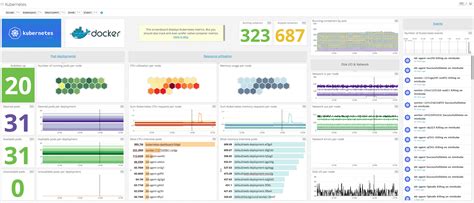
Introduction to Kube Deployment Monitors

Kubernetes, also known as Kube, has become a widely adopted container orchestration system for automating the deployment, scaling, and management of containerized applications. As the complexity and scale of these applications grow, monitoring their deployments becomes crucial for ensuring reliability, performance, and efficiency. This article explores five key Kube deployment monitors that can help in managing and optimizing Kubernetes deployments.
Why Monitor Kube Deployments?
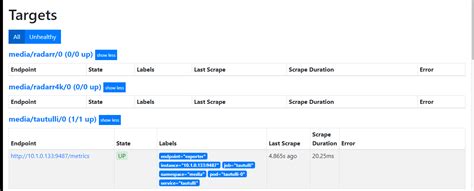
Monitoring Kube deployments is essential for several reasons: - Performance Optimization: Understanding how applications perform under various loads helps in optimizing resource allocation. - Error Detection and Recovery: Quick identification of errors or failures enables prompt action, minimizing downtime and improving user experience. - Security: Monitoring can help detect unauthorized access or malicious activities within the cluster. - Resource Management: Effective monitoring ensures that resources such as CPU, memory, and storage are utilized efficiently.
Key Features of a Kube Deployment Monitor
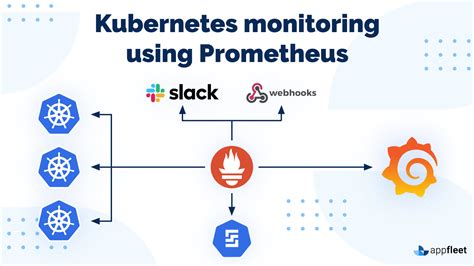
An effective Kube deployment monitor should have the following features: - Real-time Data Collection: The ability to collect data in real-time for immediate insights. - Customizable Dashboards: Users should be able to create dashboards that display the most relevant metrics for their applications. - Alerting and Notification: Automated alerts for predefined conditions to ensure prompt action. - Integration with Kubernetes Tools: Compatibility with a wide range of Kubernetes tools and platforms.
5 Essential Kube Deployment Monitors
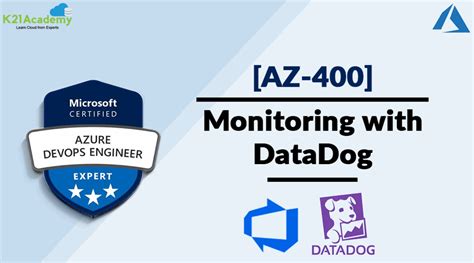
Here are five essential monitors for Kube deployments, each offering unique benefits and functionalities:
1. Prometheus

Prometheus is an open-source monitoring system and time series database. It provides a comprehensive overview of the cluster’s performance and is particularly useful for monitoring custom metrics. Prometheus integrates well with other Kubernetes tools like Grafana for visualization.
2. Grafana

Grafana is an analytics platform that allows users to query, visualize, and alert on their metrics no matter where they are stored. It’s often used in conjunction with Prometheus for creating custom dashboards that visualize performance metrics.
3. New Relic

New Relic is a comprehensive monitoring tool that provides deep performance analytics for every part of your software system. It supports monitoring of Kubernetes deployments, offering insights into application performance, errors, and resource utilization.
4. Datadog

Datadog is a monitoring and analytics platform that brings together data from servers, containers, databases, and third-party services. It offers real-time monitoring, customizable dashboards, and alerts, making it a powerful tool for managing Kubernetes deployments.
5. Kubernetes Dashboard

The Kubernetes Dashboard is a general-purpose web-based UI for Kubernetes clusters. It allows users to manage applications running in their cluster and troubleshoot them, by viewing metrics, logs, and events. While not a dedicated monitoring tool, it provides useful insights and control over deployments.
Implementing Kube Deployment Monitors
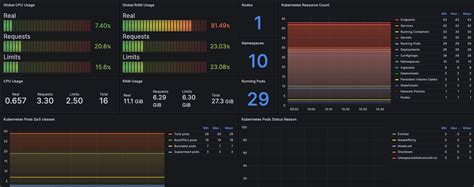
Implementing these monitors involves several steps: - Choose the Right Tool: Select a monitor based on your specific needs, considering factors like scalability, ease of use, and integration with existing tools. - Setup and Configuration: Follow the setup instructions for your chosen tool, which may involve deploying it as a Kubernetes application or configuring it to collect metrics from your cluster. - Define Metrics and Alerts: Determine which metrics are most relevant to your application’s performance and set up alerts for critical conditions.
💡 Note: Each monitoring tool has its own documentation and community support, which can be invaluable resources during the setup and configuration process.
Benefits of Effective Monitoring

Effective monitoring of Kube deployments offers several benefits: - Improved Uptime: Quick detection and resolution of issues reduce downtime. - Enhanced Performance: Optimization based on real-time data improves application performance. - Better Resource Utilization: Monitoring helps in allocating resources more efficiently, reducing waste and costs. - Enhanced Security: Monitoring can detect security threats, allowing for a swift response to protect the application and data.
What is the primary purpose of monitoring Kube deployments?
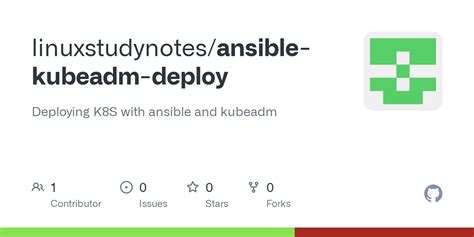
+
The primary purpose of monitoring Kube deployments is to ensure the reliability, performance, and efficiency of containerized applications by detecting issues promptly and optimizing resource allocation.
Which tools are commonly used for monitoring Kubernetes deployments?

+
Commonly used tools include Prometheus, Grafana, New Relic, Datadog, and the Kubernetes Dashboard, each offering unique features and benefits for monitoring and managing Kubernetes deployments.
How do I choose the right monitoring tool for my Kubernetes deployment?

+
Choose a monitoring tool based on your specific needs, considering factors such as scalability, ease of use, integration with existing tools, and the type of metrics you need to monitor. It's also beneficial to evaluate the tool's documentation and community support.
In summary, monitoring Kube deployments is a critical aspect of ensuring the efficiency, reliability, and security of containerized applications. By selecting and effectively utilizing the right monitoring tools, developers and operators can optimize application performance, reduce downtime, and improve overall user experience. Whether you’re managing a small cluster or a large, complex deployment, incorporating robust monitoring capabilities is essential for success in the Kubernetes ecosystem.